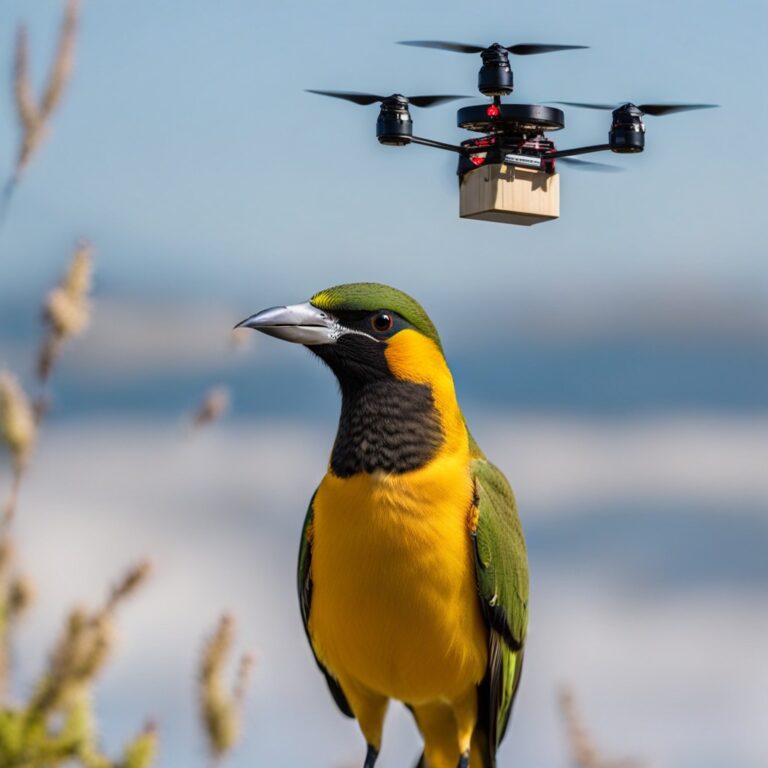That sounds like something out of a futuristic movie! Electric flying vehicles capable of landing on and taking off from water could revolutionize transportation and open up new possibilities for travel. Let’s explore some aspects of this exciting concept:
**1. ** **Vertical Takeoff and Landing (VTOL) Capability:**
– Electric flying vehicles with VTOL capability have the advantage of taking off and landing vertically, eliminating the need for traditional runways. This makes them suitable for various terrains, including water.
**2. ** **Potential Use Cases:**
– Such vehicles could be used for various purposes, including urban air mobility, emergency response, and transporting people and goods across bodies of water. They could provide efficient and rapid transportation options in areas with challenging terrain.
**3. ** **Electric Propulsion:**
– The use of electric propulsion systems is a promising aspect. Electric vehicles are generally more environmentally friendly, producing fewer emissions compared to traditional combustion engines.
**4. ** **Water Landing and Takeoff:**
– The ability to land on and take off from water adds a layer of versatility to these flying vehicles. This feature could be particularly useful for reaching destinations with limited infrastructure or for emergency situations.
**5. ** **Challenges and Considerations:**
– Safety: Ensuring the safety of passengers and the general public is paramount. Robust safety measures and regulations would need to be in place.
– Infrastructure: The development of suitable infrastructure, such as landing pads on water and charging stations, would be crucial for the widespread adoption of these vehicles.
– Regulatory Framework: Establishing a clear regulatory framework for the operation of electric flying vehicles is essential to ensure compliance with aviation standards and to address safety and security concerns.
**6. ** **Technological Advancements:**
– Ongoing technological advancements in materials, battery technology, and flight control systems play a significant role in making electric flying vehicles more efficient, safe, and practical.
**7. ** **Public Perception:**
– Public acceptance and perception of flying vehicles as a mode of transportation would play a crucial role in their adoption. Education and awareness campaigns might be necessary to address any concerns and build trust.
**8. ** **Future Implications:**
– The successful development and integration of electric flying vehicles capable of water takeoff and landing could redefine urban transportation, reduce traffic congestion, and offer faster and more direct travel routes.
**Conclusion:**
Electric flying vehicles that can land on and take off from water represent a promising frontier in transportation technology. While challenges exist, advancements in electric propulsion, materials, and safety measures are pushing the boundaries of what’s possible. The realization of such vehicles could transform the way we think about travel and provide innovative solutions to some of the current challenges in urban mobility and beyond.
More ? ?
Absolutely, let’s delve a bit deeper into some specific aspects of electric flying vehicles that land and take off on water:
**1. ** **Environmental Impact:**
– Electric propulsion contributes to a reduced environmental footprint compared to traditional aviation fuel. The transition to electric flying vehicles aligns with global efforts to mitigate the impact of transportation on climate change.
**2. ** **Potential for Remote Areas:**
– The water landing and takeoff capabilities make these vehicles particularly attractive for reaching remote areas or islands where traditional infrastructure is limited. This could enhance connectivity and accessibility in regions with geographical challenges.
**3. ** **Water Safety and Emergency Response:**
– Electric flying vehicles with water capabilities could play a crucial role in emergency response scenarios, especially in regions prone to natural disasters. They could swiftly transport supplies, personnel, and aid to affected areas.
**4. ** **Tourism and Recreation:**
– Water-capable electric flying vehicles could create new possibilities for tourism and recreation. Imagine scenic aerial tours that include water landings on picturesque lakes or coastal areas, providing a unique and immersive experience.
**5. ** **Urban Air Mobility (UAM):**
– UAM initiatives aim to alleviate urban congestion by introducing vertical takeoff and landing vehicles. If these vehicles can seamlessly transition between urban airspace and bodies of water, they could offer efficient transportation solutions in densely populated areas.
**6. ** **Energy Efficiency:**
– Advances in battery technology are crucial for the success of electric flying vehicles. Higher energy density and faster-charging capabilities would extend the range of these vehicles and reduce downtime between flights.
**7. ** **Collaboration and Research:**
– The development of electric flying vehicles requires collaboration between aerospace engineers, urban planners, policymakers, and environmental experts. Robust research and development efforts are needed to address technical, regulatory, and societal challenges.
**8. ** **Economic Opportunities:**
– The emergence of a new industry around electric flying vehicles could create economic opportunities, from manufacturing and maintenance to tourism and related services. It has the potential to stimulate job growth and innovation.
**9. ** **Hydrodynamic Design:**
– The design of these vehicles would need to consider not only aerodynamics for flight but also hydrodynamics for water landings and takeoffs. Innovations in amphibious design are essential for optimizing performance in both air and water environments.
**10. ** **Public Perception and Acceptance:**
– Public perception is a crucial factor in the success of electric flying vehicles. Addressing concerns related to safety, noise, and visual impact through transparent communication and engagement is vital.
In conclusion, the concept of electric flying vehicles that can land on and take off from water holds immense potential to transform transportation, enhance accessibility, and contribute to sustainable and resilient urban mobility. However, achieving these aspirations requires a multidisciplinary approach, including technological innovation, regulatory frameworks, and public engagement. As we move forward, these vehicles could redefine the way we connect and explore our world.


